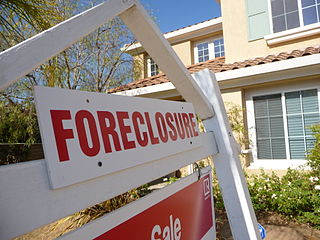Ask any good journalist how to tell a story and they'll say you need to make sure to cover five things: where, what, who, why, and how.
I'm starting this series to cover all of the basics of filing bankruptcy. We're going to start with something that's usually simple, but not always: Where do you file?
Bankruptcy is a federal proceeding, so the paperwork is going to be filed in a United States federal court. Federal courts are broken up into "districts", with each State and federal territory having one or more different federal districts (California, for instance, is broken up into four federal districts). Selecting the district to file in is sometimes called choosing a "venue" for your case. In Minnesota there is only one federal district court. If you're filing in Minnesota you file in Minnesota's one and only federal district court and that's your "venue."
So if you live in Minnesota your bankruptcy paperwork is filed with the federal court for the "District of Minnesota" and that's it - done deal, right? Well, maybe not. You still have to have lived in Minnesota for the majority of the last 180 days. So if you recently moved or are planning to move to or from Minnesota, you're going to have an option. For instance, if you are moving to Nebraska, you can either file in Minnesota up to 89 days after your move or wait until 91 days after you move and file in Nebraska.
Even if you haven't moved recently, you don't necessarily have to file where you live. You can also file in the district court where you have your primary place of business or where you have owned your "principal assets" for the better part of the last 180 days. So if you are currently living in Minnesota but own a business in Iowa and have your most valuable assets in Arizona, you can file in Minnesota, Iowa, or Arizona. And you get to choose.
And your choice may not end there! If you have a family member, partner or affiliate who also filed for bankruptcy protection, you can choose to file in the same district where that other case is pending. And if you do not have a business or principal assets in the U.S. but are being sued by someone in the U.S., you can even choose to file bankruptcy in the district where you are being sued.
At this point you may be asking why any of this matters. Besides the convenience of being able to choose where to go to court for your bankruptcy meeting, aren't the bankruptcy laws the same no matter where you file? For the most part they are but there can be important differences.
First, there are state laws that come into play in almost every bankruptcy case. The most important of these are the exemption laws that determine whether you have to turn over any of your property to the bankruptcy trustee. The test for which exemption laws apply is actually different than the venue test and looks back to where you were living between two and three years ago. But you can control this by deciding when to file your case. The important thing to know is that the state exemption laws are different, sometimes dramatically so. And even if you don't own much, you're going to want to make sure that the laws that apply in your case will protect as much as possible of what you own (ideally all of it).
Second, courts, judges and bankruptcy trustees have different procedures around the country. And even though the bankruptcy laws are the same, they can be interpreted differently in different parts of the country.
So the choice of where you file can have a big impact. If you've always lived and worked in Minnesota and never leave the Land of 10,000 lakes except for an occasional vacation, you may not have a choice to make. But many people are surprised to learn that they have an option. And making a wise choice can have a huge impact on the outcome of the case.
Next up: What to File.






